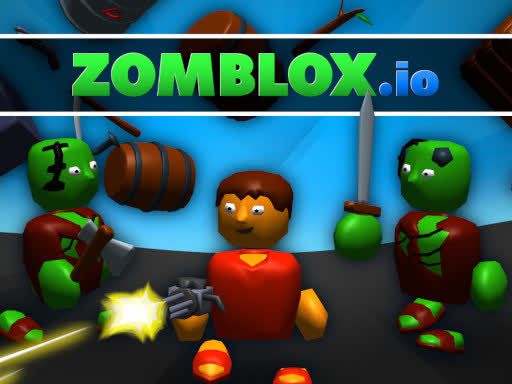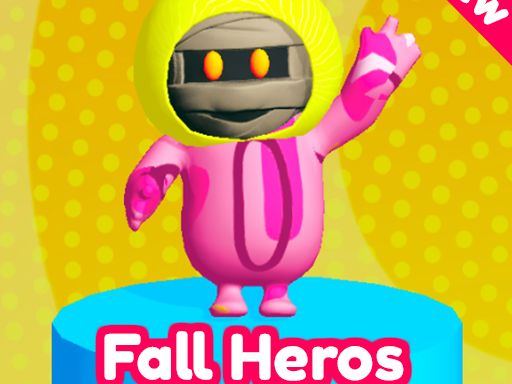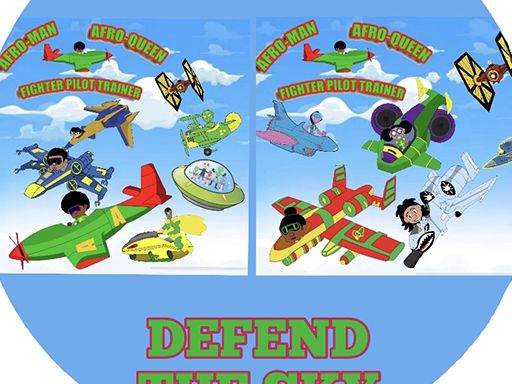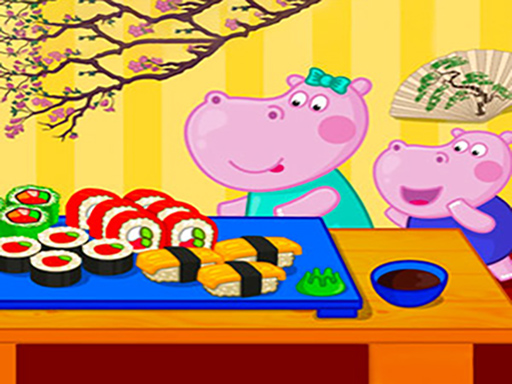
Surviving the Undead: The Rise of Multiplayer Zombie Survival Games
A New Era of Survival Gaming
In recent years, a thrilling genre has carved its place at the top of multiplayer gaming—zombie survival games. These games challenge players not only to battle relentless hordes of the undead but also to cooperate and strategize with friends to survive wave after wave of intense combat. Unlike traditional single-player campaigns, multiplayer zombie games push teamwork and adaptability to the forefront. As the undead become faster, stronger, and more relentless, so must the players.
These games often drop players into chaotic, post-apocalyptic worlds where survival is the only goal. With scarce resources, unpredictable enemies, and limited ammo, players must think on their feet, scavenge supplies, and coordinate with teammates in real time. Every round becomes a high-stakes fight for survival, and every match a story of resilience and camaraderie.
This article dives into the gripping world of multiplayer zombie survival games—exploring what makes them addictively fun, how they encourage collaboration, and why players keep coming back for more.
The Thrill of Co-op Gameplay
One of the biggest draws of zombie survival games is their emphasis on cooperative play. Unlike solo shooters, where players rely solely on individual skill, multiplayer survival modes demand collaboration and communication. The tension is higher, the stakes are greater, and the victories are sweeter when achieved as a team.
Whether you’re reviving a fallen friend, covering a teammate as they open a loot box, or building a defensive position together, every decision matters. Team roles naturally emerge—some players become the designated scavengers, others the frontline shooters, while a few handle resource management or revive duties. This organic division of labor makes each game feel dynamic and deeply engaging.
In many games, voice chat or quick communication tools allow players to form instant strategies: “Cover me while I reload!” or “Watch the left flank!” It’s these adrenaline-fueled exchanges that turn a standard gaming session into a heart-pounding experience. The feeling of surviving against impossible odds alongside friends is hard to beat—and even harder to forget.
Enemy Design: More Than Just Zombies
Zombie games wouldn’t be complete without a diverse roster of enemies. From slow, shambling corpses to sprinting infected monsters and grotesque boss creatures, each type introduces new layers of strategy. Players must quickly assess what they’re up against and decide how to respond.
Basic zombies may come in large numbers but are relatively easy to kill. However, mix in armored undead, poison-spitters, or explosive mutants, and everything changes. Suddenly, that open courtyard becomes a death trap unless your team adjusts its tactics.
Games often introduce “waves” of increasing difficulty, culminating in challenging boss battles. These bosses may require specific strategies to defeat—targeting weak points, using the environment for cover, or deploying high-damage weapons at the right time. It’s not just about reflexes but about teamwork and timing.
By continuously evolving the enemy types and keeping players guessing, these games avoid becoming repetitive. You’re never truly safe, and that constant feeling of danger keeps players engaged and alert.
Weapons and Loot: The Tools of Survival
In the face of endless undead, the right weapons make all the difference. Most zombie survival games feature an expansive arsenal—pistols, shotguns, melee weapons, explosives, flamethrowers, and more. Some games even introduce exotic or player-created weapons, adding flavor and creativity to the gameplay.
Loot boxes are often scattered around the map, offering players a chance to upgrade or restock. Finding one in the middle of a firefight becomes a gamble: Do you risk sprinting for it, or hold your ground? The thrill of opening a loot box and uncovering a rare weapon can turn the tide of battle—or end in disaster if mistimed.
Weapon customization also plays a big role. Players might upgrade their guns with faster reloads, scopes, extended magazines, or elemental damage. This RPG-like progression adds depth and allows players to tailor their playstyle—whether they prefer sniping from a distance or going full berserk with a chainsaw.
Loot systems create natural motivation to explore, take risks, and adapt strategies. They reward aggressive play and smart movement, adding yet another layer of excitement to each match.
Maps That Tell a Story
Great zombie games don’t just throw enemies at you—they immerse you in a world. Maps in these games often tell a silent story: ruined cities, abandoned hospitals, decaying malls, or military bases overrun by infection. Each location carries environmental storytelling, hinting at what happened before the players arrived.
Map variety keeps the gameplay fresh. One round might take place in tight indoor corridors where zombies can surround you easily, while the next might be in an open forest where snipers have the advantage. Terrain and layout significantly affect tactics, forcing players to adapt their positioning, movement, and weapon choices.
Some games go a step further by offering a level editor, allowing players to build their own battlegrounds. This feature fuels creativity and community involvement. You might design a maze-like laboratory full of traps or a fortified compound with chokepoints. Sharing these creations keeps the game alive long after launch.
Dynamic maps that evolve during gameplay—collapsing structures, opening new zones, or revealing hidden loot—add another dimension of replayability and strategic depth.
Progression Systems and Player Motivation
While instant action is fun, long-term engagement often hinges on meaningful progression. Many multiplayer zombie games feature systems that allow players to earn experience points, unlock new gear, or level up their characters over time. This gives a sense of growth and achievement even if you don’t survive every round.
Some systems include daily challenges, special events, or skill trees that let players specialize their characters. You might unlock a medic path that heals teammates faster or a demolition path that increases explosive damage. This not only personalizes your experience but also increases replayability.
Cosmetic rewards—like character skins, weapon camos, or emotes—add a layer of personalization and incentive. Players take pride in showing off their hard-earned gear, especially when it’s obtained through completing tough objectives or surviving late-game waves.
Well-balanced progression systems keep players returning. Every match contributes to your growth, and the anticipation of what you’ll unlock next adds motivation beyond just survival.
Community and Competition
At the heart of any multiplayer game is its community. In zombie survival games, players often form tight-knit squads, sharing strategies, swapping stories of close calls, and even creating rivalries. This sense of camaraderie extends beyond gameplay, building online forums, Discord channels, and video content around the experience.
Many games introduce leaderboards or survival rankings. Players compete to see who can survive the most waves, get the most headshots, or complete maps the fastest. This light competition adds a healthy layer of challenge for those who want to push their limits and prove their skills.
Community events and limited-time modes—such as holiday-themed zombie skins or special loot drops—bring people together for shared experiences. Some communities even host map-building contests or streaming tournaments, further solidifying player involvement.
The social element turns zombie survival from just another game into an ongoing passion.
Conclusion: Why We Keep Coming Back
So why do we keep returning to multiplayer zombie survival games? It’s more than just the thrill of shooting zombies. It’s about shared challenges, unexpected twists, and the satisfaction of overcoming impossible odds—together.
These games blend action, strategy, exploration, and teamwork into one high-energy package. With customizable weapons, creative maps, and evolving enemies, no two matches are ever the same. Add in long-term progression and a vibrant community, and it’s easy to see why these games have become a staple for gamers worldwide.
Whether you’re barricading a safehouse, looting a broken-down gas station, or reviving a teammate during a boss wave, these games deliver moments of true tension and triumph. If you haven’t jumped into the chaos yet, there’s no better time to grab some friends and test your survival instincts.





